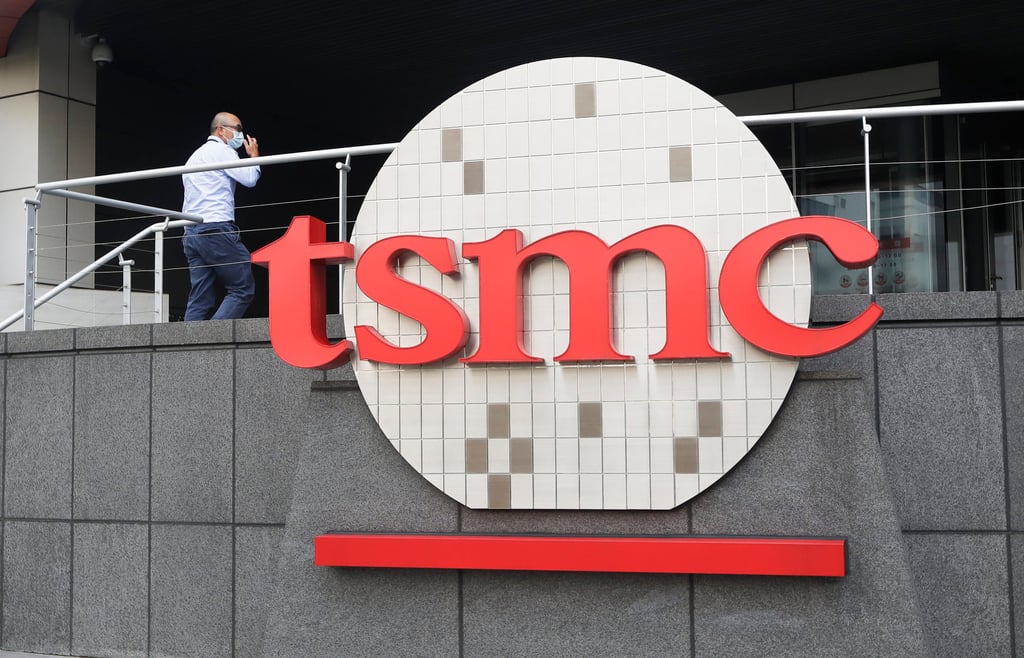Advertisement
Macroscope | Why the future looks brighter for equity markets in Asia than in US and Europe
- The US is feeling the worst effects of the global market downturn, with debate now turning to how bad a recession may be, rather than whether it is coming
- Earnings growth in the Asia-Pacific is more stable than in the US, and expectations for 2023 are positive
Reading Time:3 minutes
Why you can trust SCMP
1

The first half of this year saw dismal returns for equity investors. The MSCI World Index was down 20 per cent and many equity indices around the world have fallen into bear market territory.
As a region, Asia has fared better than the US and Europe with only the technology-heavy Korean and Taiwanese markets down by more than the global benchmark. In part, this reflects a more balanced macroeconomic backdrop, with Asian economies not suffering as large an inflation shock as elsewhere.
It also reflects the particularities of the Chinese economy and how markets there have performed. Last year was not good for Chinese equities but, since April, things have improved.
Rising global bond yields and the prospect of slower economic growth has led to a derating of equity markets. This has been most pronounced in the United States, where markets became very expensive due to the easing of both monetary and fiscal policies in 2020.

Using estimates of forward earnings (profits) from equity analysts, the price-to-earnings (PE) ratio of the Nasdaq Composite index topped 23 in September 2020 with the S&P500 index being valued at 34 times earnings at the same time. The past year has seen these valuation metrics tumble and the PE ratio is now back to its historical average for both indices.
Advertisement
